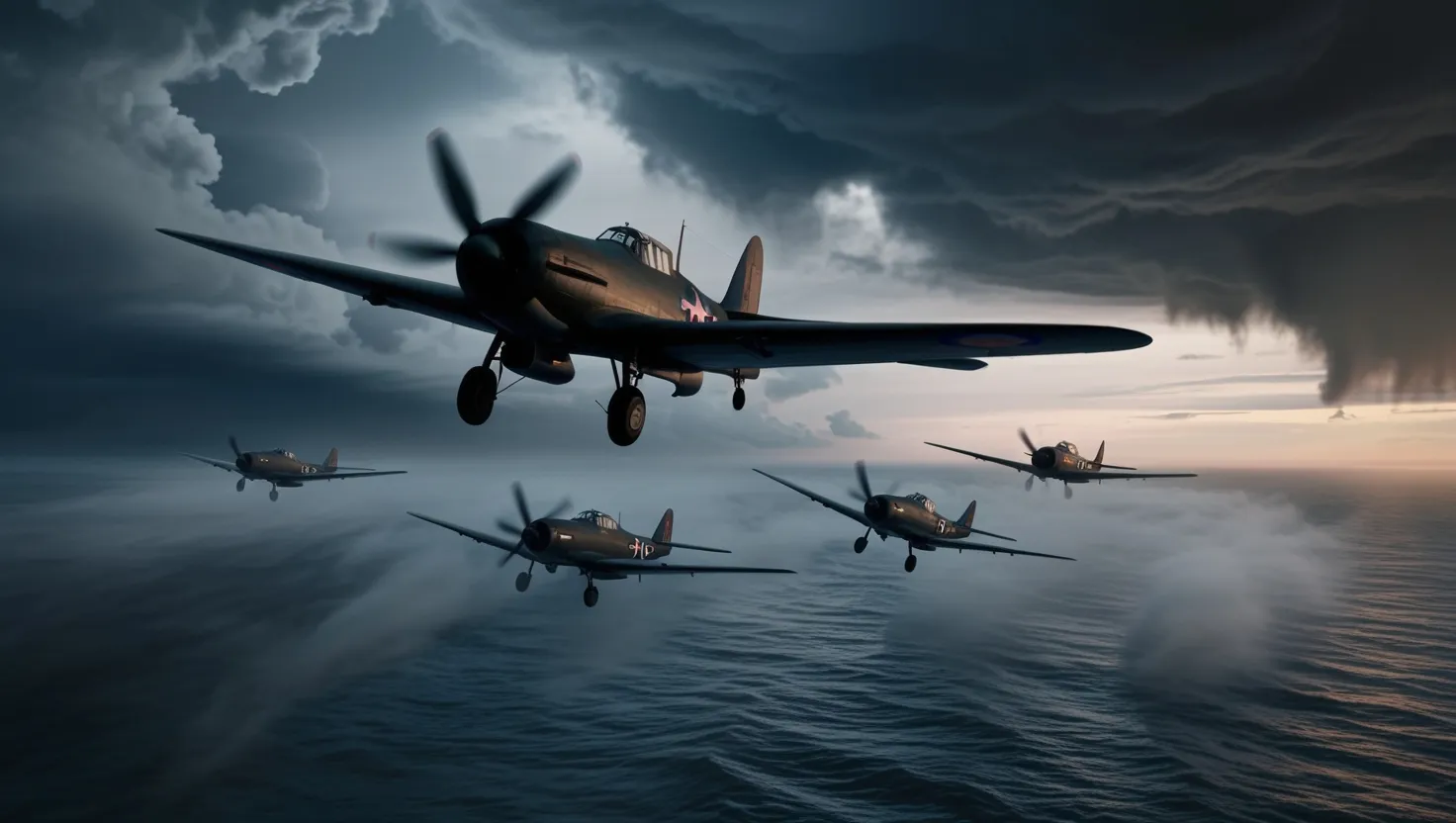On September 1, 1859, a gold miner in Denver started his day, feeling more tired than usual. He noticed the sky was unusually bright and red, which he found odd for that time of the morning. A glance at the clock revealed it was actually 1 a.m., not dawn. Similarly, the ship Southern Cross, sailing off the coast of South America, experienced violent seas and a red sky that turned the waters an eerie blood-red color.
That same day, astronomer Richard Carrington observed the sun and saw a massive sunspot. Suddenly, a bright white light erupted from this spot, marking the first recorded observation of a coronal mass ejection (CME) headed straight for Earth.
Seventeen hours later, the skies over North America lit up as if it were daytime, with the aurora borealis visible in places as far south as Miami and Cuba. The southern hemisphere experienced its own auroras far from the usual polar regions. On September 2, the most powerful solar storm ever recorded hit Earth, causing widespread chaos. Telegraph lines shorted out, equipment burst into flames, and operators were shocked. Despite shutting down, some telegraph systems continued to operate due to the intense magnetic storm.
Known as the Carrington Event, this phenomenon showed scientists the link between solar activity and geomagnetic storms. Solar flares and CMEs, while different, can both cause significant disturbances. Solar flares are small flashes of light in the lower atmosphere, while CMEs are massive eruptions that hurl billions of tons of plasma into space.
CMEs rarely hit Earth directly, but when they do, the impacts range from beautiful auroras to catastrophic technological failures. Historic records show that similar events have occurred multiple times, with varying degrees of visibility and impact.
In 1989, another solar storm caused a major blackout in Quebec, affecting millions. A similar event in 2003 disrupted power in parts of the U.S. and Canada. These storms were much weaker than the Carrington Event, yet still caused significant issues.
Had a Carrington-level storm struck us today, the consequences would be disastrous. Imagine losing GPS, telecommunications, and power grids within hours. Planes and satellites would go offline, supply chains would collapse, and global financial systems could crumble. A significant enough CME would induce currents that overload our power infrastructure, causing widespread blackouts and even setting transformers on fire.
The last near-miss with such a storm was in July 2012, which narrowly missed Earth by nine days. If it had hit, the damage would have been catastrophic, potentially setting us back centuries in technological progress.
Currently, NASA’s solar observation systems can detect these events early, but with limited accuracy on predicting their impact. We might get a 30-minute warning, sufficient to take some protective measures, but not enough to prevent widespread disruption.
Given that we are in solar cycle 25, peaking around 2025, the risk of such storms is higher. While governments might not act fast enough, individuals can prepare by maintaining emergency supplies, from food and water to power alternatives.
Preparation might seem extreme, but it’s better to be safe than unprepared. The key takeaway is that while the universe’s whims are beyond our control, our readiness to face them isn’t. Make sure you have a plan, stay informed, and prepare for the worst while hoping for the best.






